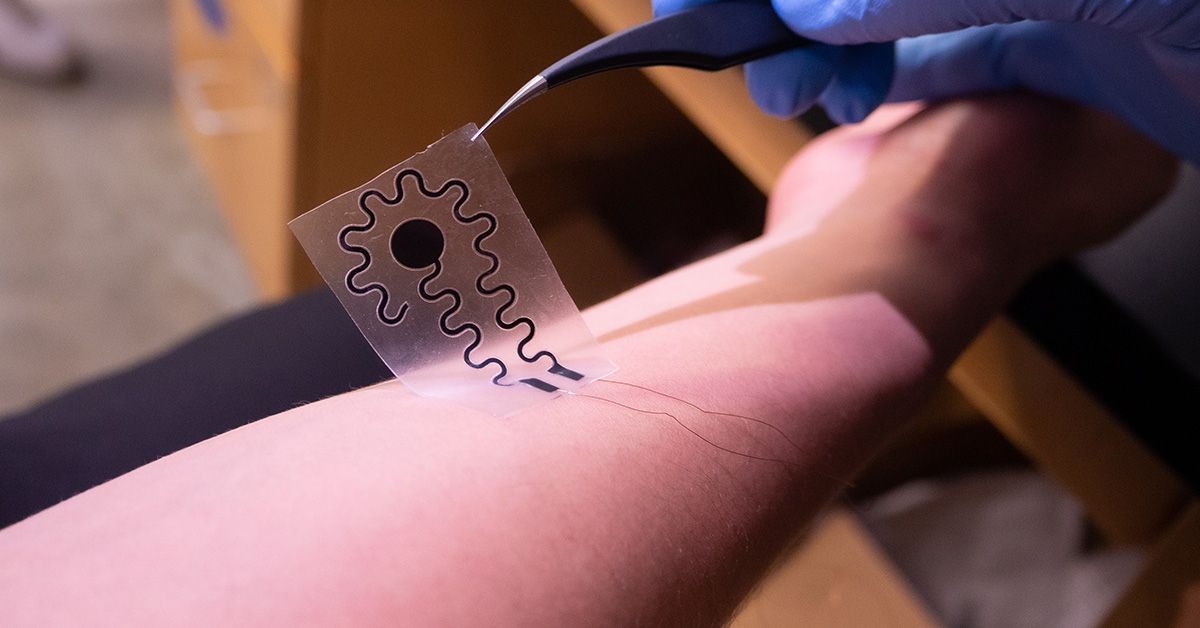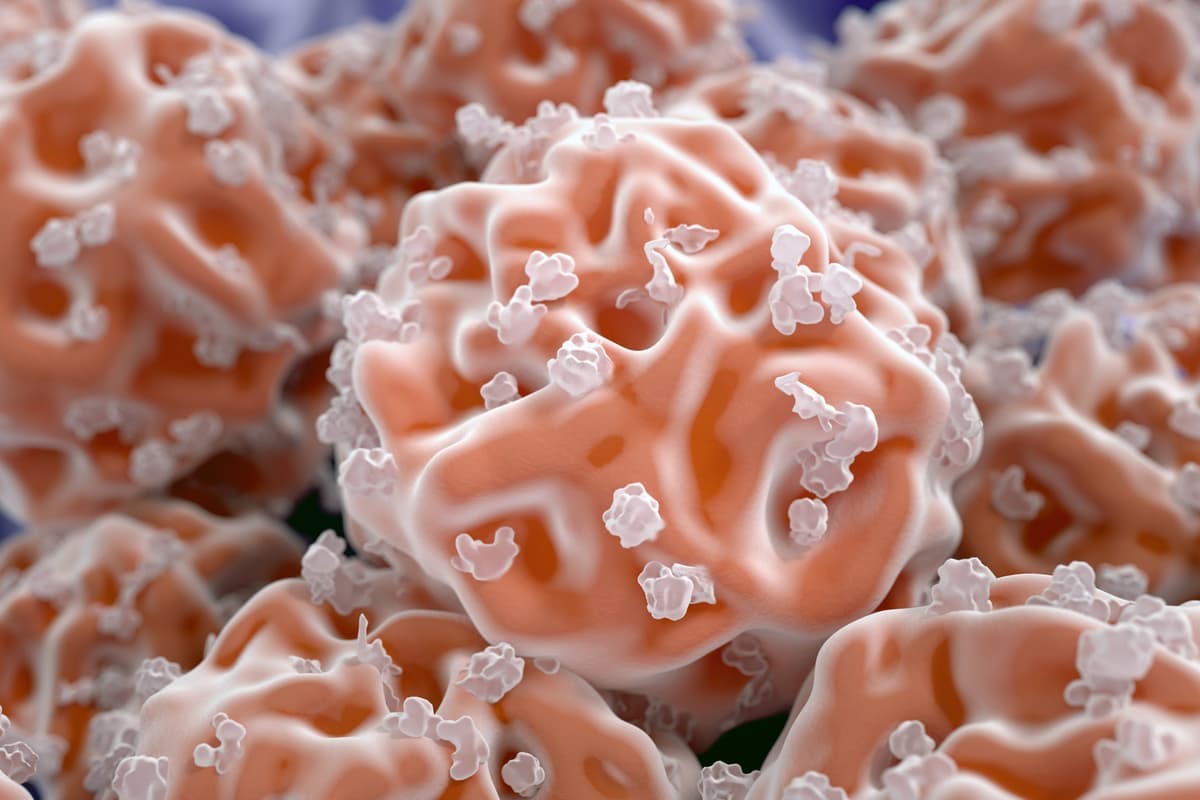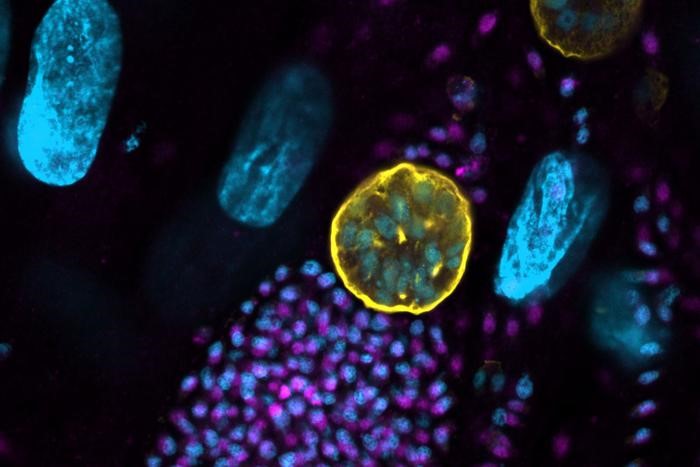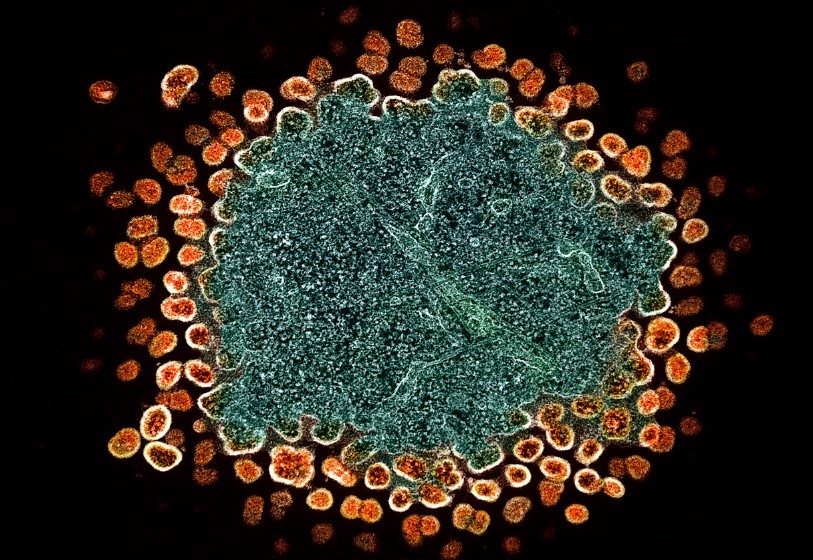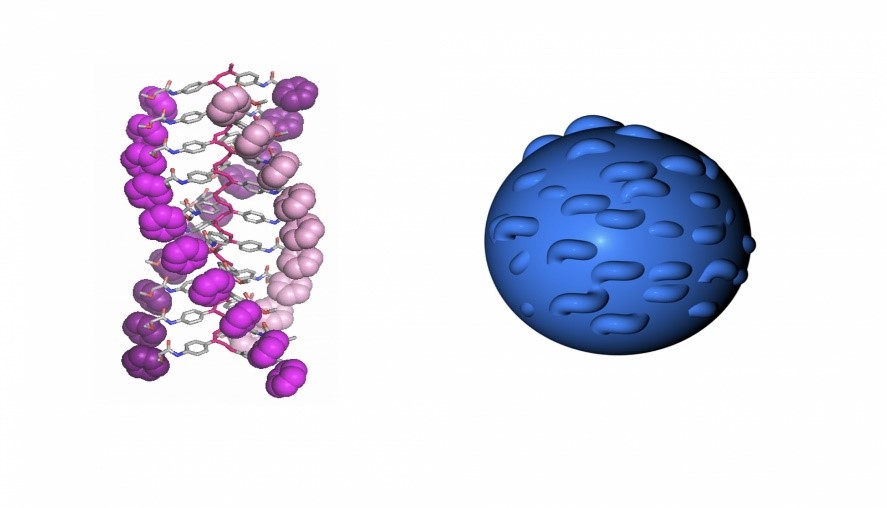"Pause Button" For Human Embryos Could Enhance IVF Success
Scientists have uncovered a "pause button" in early human development, a mechanism previously observed in other mammals that could benefit IVF procedures.
In some mammal species, this ability is called embryonic diapause, where the embryo's development is paused for weeks or months, preventing the blastocyst from implanting in the uterus. This allows the animal to delay pregnancy during periods of food scarcity or unfavorable conditions, resuming when circumstances improve, thus increasing the survival chances of both the mother and offspring.

Figure 1. Dormant Human Blastoids: A Potential Breakthrough In Fertility Technology
Rodents, bears, badgers, kangaroos, deer, and other species naturally utilize embryonic diapause, while scientists have induced the process experimentally in many others. However, it remained unclear whether humans had retained this ability, even if we no longer use it. Figure 1 shows Dormant Human Blastoids: A Potential Breakthrough in Fertility Technology.
It turns out that the mechanism still exists in humans, albeit dormant. In recent experiments, researchers at the Max Planck Institute for Molecular Genetics and the Austrian Academy of Sciences successfully reactivated this process in human cells.
Instead of using actual embryos, the researchers worked with stem cells and blastocyst models known as blastoids. Through these experiments, they identified a molecular process called the mTOR pathway that appears to regulate this dormant state. When the team blocked this pathway, the blastoids entered a state of dormancy.
"The mTOR pathway is a major regulator of growth and developmental progression in mouse embryos," explained Aydan Bulut-Karslioglu, the study's corresponding author. "When we treated human stem cells and blastoids with an mTOR inhibitor, we observed a developmental delay, indicating that human cells can activate the molecular machinery to trigger a diapause-like response."
During this dormant state, cell division and development occurred at slower rates, making it more difficult for the blastoids to adhere to the uterine lining. Additional evidence supporting the idea of diapause is that this state occurs at a similar stage of development as observed in mammals. Significantly, when the mTOR pathway is reactivated, the blastoids promptly return to their normal developmental processes.
While it is still in the early stages, this research could have significant implications for reproductive technologies.
“On one hand, promoting faster development is known to increase the success rate of in vitro fertilization (IVF), and enhancing mTOR activity could facilitate this,” said Nicolas Rivron, co-author of the study. “On the other hand, inducing a dormant state during an IVF procedure could allow for a longer time window to evaluate embryo health and synchronize it with the mother, improving the chances of successful implantation in the uterus.”
Source: Max Planck Gesellschaft
Cite this article:
Janani R (2024), "Pause Button" For Human Embryos Could Enhance IVF Success, AnaTechMaz,pp. 263


